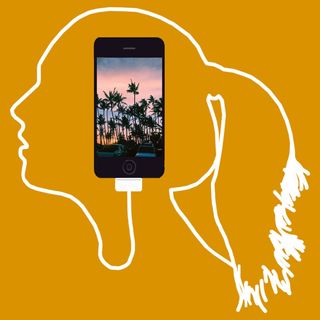For a gesture so natural and so universal, there is surprisingly little research into the science of the hug. Most of what exists reveals the immunity-boosting health benefits of embracing and affectionate touch. (Which puts into context the relationship between loneliness and an astonishing number of serious health conditions.)
But a new study is shedding light not on what hugs do for us, but what they silently communicate about us.
“We wanted to know if hug-related behaviour is affected by the emotional context of the give situation,” explained lead author Julian Packheiser, a biopsychologist at Ruhr-Universität Bochum in Germany. The researchers also wanted to determine if motor traits like left- or right-handedness affected how people hug.
To do this, Packheiser’s team studied more than 2,500 hugs, some online in videos and some in person, and classified them as positive, neutral and negative. Positive hugs — motivated by thanks, joy and relief — were observed at the international arrivals terminal of a German airport. Negative hugs — embraces conveying good-bye, and, for some, trepidation (40% of travelers suffer from fear of flying) — were observed at the international departures terminal. Neutral embraces were observed in hundreds of YouTube videos wherein blindfolded actors offer hugs to strangers on the street.
The team determined that most people show a preference for right-sided hugs; but interestingly enough, left-sided hugs became more common in positive as well as negative situations.
“This is because of the influence of the right hemisphere [of the brain], which controls the left side of the body and processes both positive and negative emotions,” explains Packheiser. “When people hug, emotional and motor networks in the [right hemisphere of the] brain interact and cause a stronger drift to the left in emotional contexts.”
To validate this observation, the team asked 120 test participants to hug a mannequin after listening to various positive, negative and neutral short stories via headphones. They also recorded participants’ handedness and footedness, and found in the absence of strong emotion, these traits predicted how people hugged; right-handed people tend to hug the other person from the right side, much more often than left-handed people.
However, the one aberration from this tendency is when two men embrace; in such a situation, the researchers observed a strong left-hand drift, even in neutral situations.
“Our interpretation is that many men consider embraces between men to be something negative; therefore, they tend to perceive hugs as negative even in a neutral situation, such as saying hello,” opines Sebastian Ocklenburg, a professor at Ruhr-Universität Bochum. Accordingly, he explained, the right hemisphere is activated due to negative emotions and skews the embrace to the left.
So the next time you have a seamless hug, the other person will know — you’re either very happy, very upset, or left-handed. Maybe that’s why it’s so universal — you can say a lot with one small gesture.




